In this article, you’ll learn what is Drill Bit? How to use them? with pictures, applications, and Types of Drill Bits. Furthermore, you can download the PDF file of this article at the end of it.
What is Drill Bit?
In order to bore round holes in different jobs, drill and drill machines are used. The tool used for the boring hole is called a drill. The machine with whose help the drill is moved is called drill machine. The method of boring holes with a drill and drill machines is called drilling.
A drill bit is a cutting tool used to make or enlarge holes in solid metal. These are used with a manual-operated drill or drill press equipped with a chuck. These drilling machines use a key to tighten or loosen the clamp.
A drill is one of the best accessories in a workshop and is required in almost any project. But, you can’t use any drill until you understand what drill you want to use for your work. Drill bits are manufactured in a wide variety of types of sizes.
This article will help you to understand drill bits so you can choose the right drill bit to make your job easier. Apart from this, we have written about the different tools used in all the workshops like punches, saws, pliers, and wrenches you can check these out as well. Now, let us understand the types of drill bits in detail.
Material Used In Drill Bit
The materials for the manufacturing of twist drills are as follows:
- One-piece construction: High-speed steel or carbon steel.
- Two-piece construction:
- Cutting portion – high-speed steel.
- Shank portion – Carbon steel with a minimum tensile strength of 70 kg/sq mm.
High-speed drills are more widely used due to their greater cutting efficiency. In addition, cemented carbide tipped drills are also employed in mass production work.
Read Also: 10 Different Types of Thread Taps [PDF]
Types of Drill Bits
Following are the types of drill bits:
- Flat drill
- Straight fluted drill
- Twist drill
- Double fluted drill
- Multi-fluted drill
- Centre drill
- Countersinking drill
- Counter boring drill
- Oil hole or tube drill
- Spirec drill
- Shell drill
- Step drill
- Installer bit
- Masonry Drill
- Rivet Drill
- Auger Drill
- Tile bits
- Hammer bit
- Glass bit
- Forstner bit
- Hole saw
- Plug cutters
1. Flat Drill
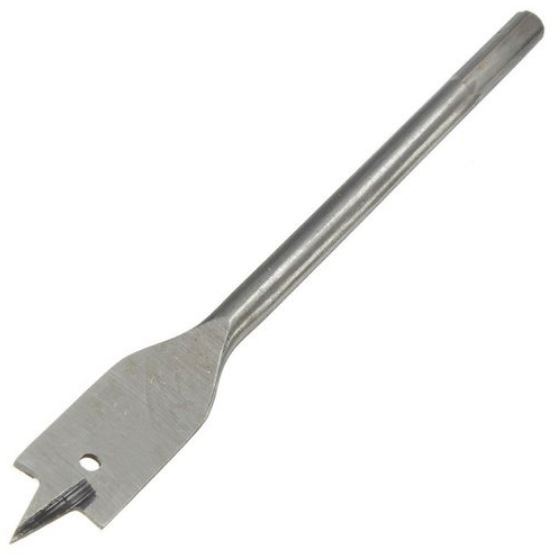
This type of drill is generally made by beating slender sticks of high carbon steel. Their cutting edge is ground and then hardened and tempered. It can be made easily in any shape or size. These are made in different sizes after forging them. These drills are very cheap.
It is not used for boring holes in iron. It is usually used for boring holes in carpentry work and soft metals. The cutting point is kept at a 90° angle. On those solid metals where other drills get broken, this drill can be used after properly hardening and temping.
2. Straight Fluted Drill
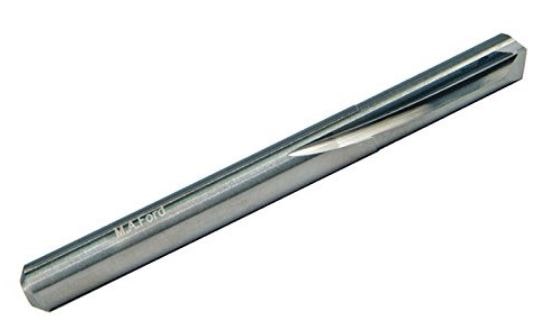
A straight fluted drill consists of grooves or flutes running parallel to the drill axis. A straight fluted drill can be thought of as a cutting tool with zero rakes. This type of drill is not available in standard practice as the chips do not automatically pop out of the hole.
They are essentially used in drilling brass, copper, or other softer materials. In drilling brass, the twist moves faster than the rate of the drill feed, and the drill digs into the metal. There is no such difficulty in using a straight fluted drill.
3. Twist Drill Bit
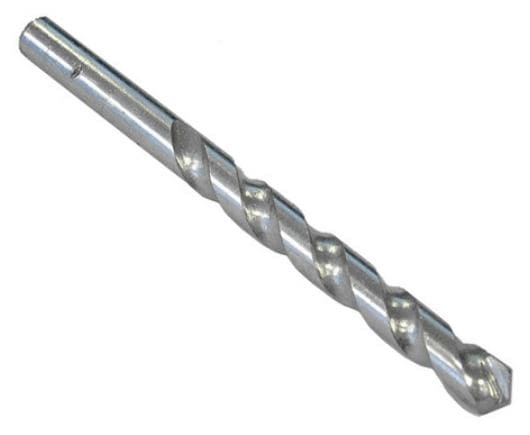
Nowadays, twist and thick drills are used for boring holes quickly, clean, and of accurate size. These are usually made of high-speed steel and thin rods of alloy steel.
Then cutting edge is made on the bottom end and a twisted groove is cut on its body from top to bottom which is known as a flute. Because of the twisted flute, it is called a twist drill. It contains the main parts such as tang, shank, body, point, and neck.
4. Double Fluted Drill
This type of drill is best and stronger. Two flutes opposite to each other are cut in this drill. It is used almost in all types of work.
5. Multi-fluted drill
For certain special jobs, this drill is used. There are more than two flutes in this drill. Its distinguishing feature is that because of its bigger cutting edge, the hole is bored quickly and it is clean.
6. Centre Drill
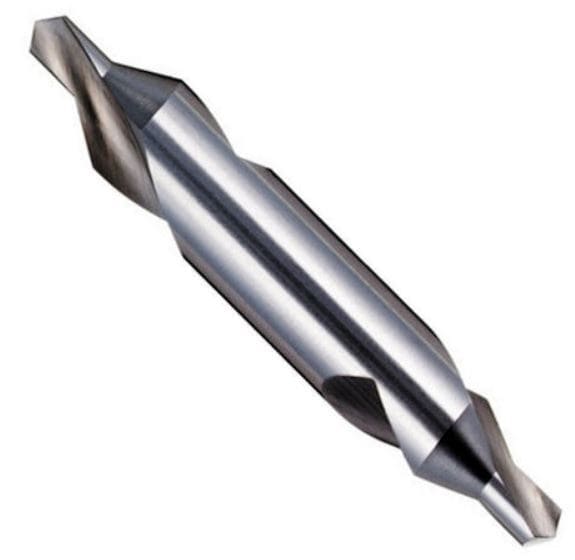
It is also known as a combination drill. On both its ends a cutting point is made and its middle portion is plaint. Drilling and countersinking can be performed simultaneously with this drill. It is used for fastening the lengthy job from center to center on the lathe machines and also to do center drill in a rod. It has been shown in the figure.
7. Counter Sinking Drill
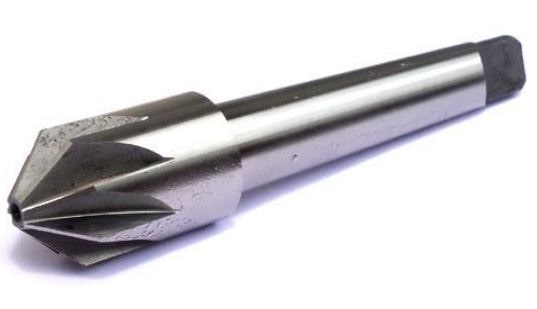
Countersinking is done by drilling holes in the places where counter head screws are to be installed. In this way, the head job of the screw fits well.
This is a multi-fluted drill in which four flutes are cut. Its cutting point is grinded at 60° or 82°. In the figure, this type of drill and a screw fitted in a hole bored by it has been shown.
8. Counter Boring Drill
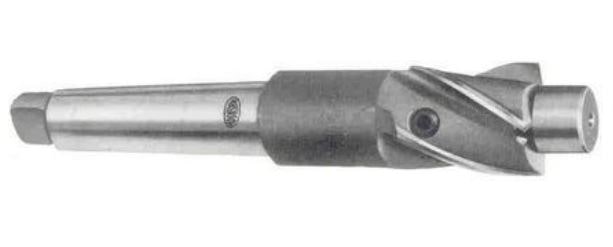
When Allen screws are fitted counterboring is done with this drill. These types of screws are also fitted like the counter screw on the surface of the job. It is used to enlarge a hole. Boring in a hole is done from the upper side up to the height of the screw head.
For fitting this type of screw the surface of the job remains similar to the plain surface. The screw heads do not pose any hindrance in their functioning.
A noteworthy point is that in countersinking the hole is cut slanting at 60° or 82 ° angle from the top whereas in counterboring the hole is made deeper in the increased size up to the height of the screw head.
The drill used for counterboring is also called a counterboring cutter. A pilot is built on its lower side. This pilot sets in the hole and helps in straight counterboring.
9. Oil Hole or Tube Drill
There is a need for coolant or lubricant at the time of boring hole with a drill which ensures that the drill point does not lose its capacity to cut after becoming hot.
Apart from ordinary drills, there are other drills in which a hole is made from shank to cutting point for providing lubricant up to the cutting point.
10. Spirec Drill

These are very delicate drills. These are used for boring very minute holes in the spray pump nozzle, store nipple, etc. Their size ranges from 0.0086″ to 0.0984″. These are available in numbers.
11. Shell Drill
This is a different type of drill. Its shape is like a side and a face cutter is used in milling works. There are four flutes made on it. Its upper part is 1/3″ per foot in taper. For using it a mandrel is required. These are often used for enlarging a hole.
12. Step Drill
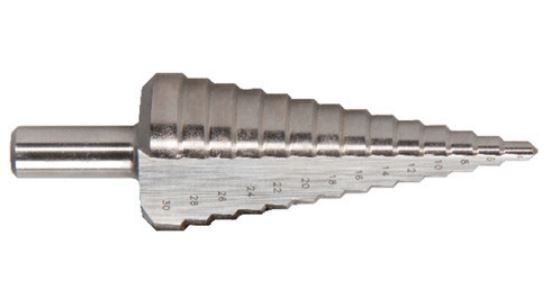
If you want to drill holes on sheet metal, you’ll need a step drill. Its appearance looks like a descending ladder. However, their working process costs a bit more than other drill bits, so if you work with sheet metal regularly, this is what you need.
The design of the step bit allows you to drill holes of different diameters firmly. Another cool thing these bits make is de-burr holes, so you can clean out the waste material.
13. Installer Bit
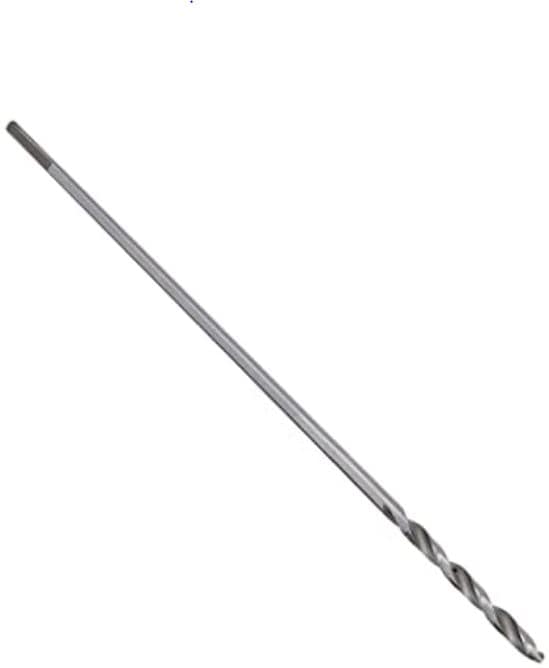
These types of drill bits are special twist drill bits used to drill holes for installing wires for security systems and for entertainment purposes. These drill bits look like auger bits, they are up to 18 inches long. You can use them to drill through plaster, wood, and some masonry.
There is a small hole in the tip of the bit. After drilling the hole in the surface, you need to insert the wire into the hole of the tip and force it through the hole. Take it from the opposite side and pull.
14. Masonry Bit
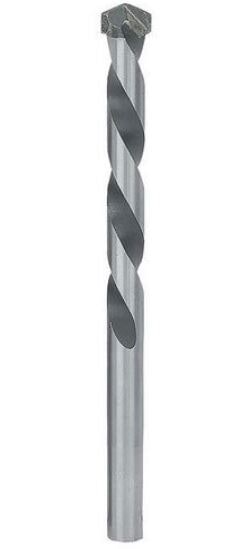
These drill bits are used where brick, stone, and concrete work is going on. As hard as these bits are, you need to replace them almost regularly as they wear out.
If you want to drill into the concrete for a long time, it causes the tip to be melt. You can reduce that problem by periodically changing the drill out of the concrete.
15. Rivet Drill
Unless you’ve got a job in professional construction, you probably can’t use these rivet bits. These types of drill bits are specifically designed to drill tiny rivets into pieces of thin sheet metal.
16. Auger Bit
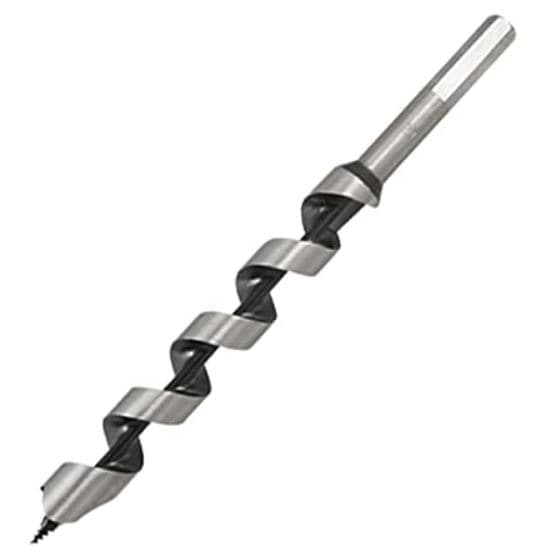
If you want to drill a hole on thick and dry wood, you can make it using an auger drill bit. It makes a hole in the woods very easily, so you don’t have to apply as much pressure. These have a screw tip that causes the hole and helps to pull out the bit, creating a clean hole.
You can use these on thicker wood as many of these bits are up to18 inches in length. The large flute in its form supports the channel by letting the dust into the hole. Some types have a hollow center that allows for even more chip removal.
17. Tile Bit
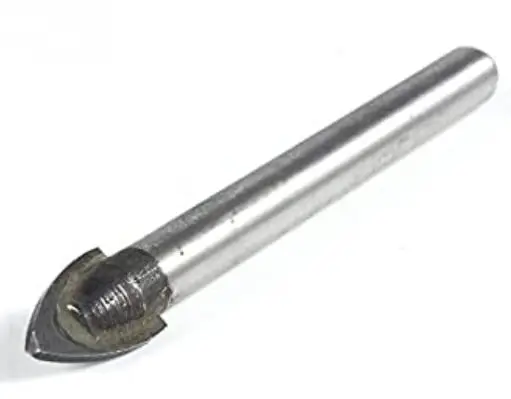
These types of drill bits consist of a carbide tip to drill into certain tile, reducing the chance of chips and cracks. The various types of tile bits are intended according to the kinds of tiles.
18. Hammer Bit
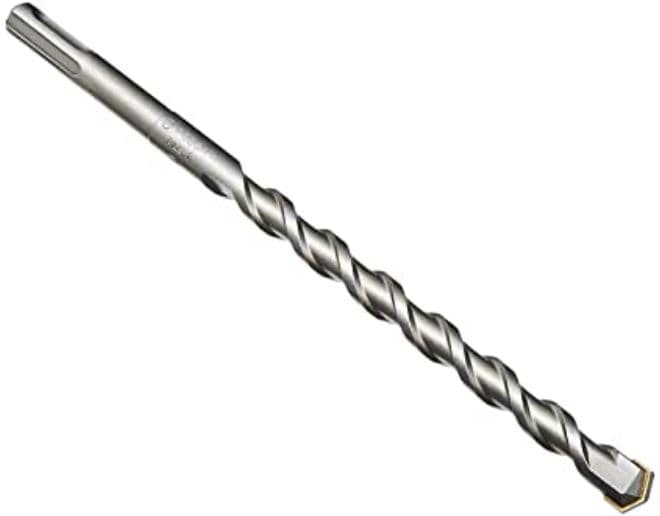
The hammer bit is used to drill a precise hole in a concrete slab that is required for complete and accurate relative humidity.
19. Glass Bit
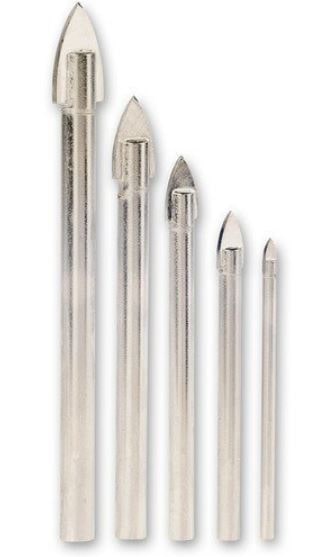
This type of drill bit is used for drilling through glass, plastic, composite, brick, marble, and hollow brick. It has greater resistance to high temperatures, is perfect for drilling into deep material, and speeds up dust removal.
20. Forstner Bit
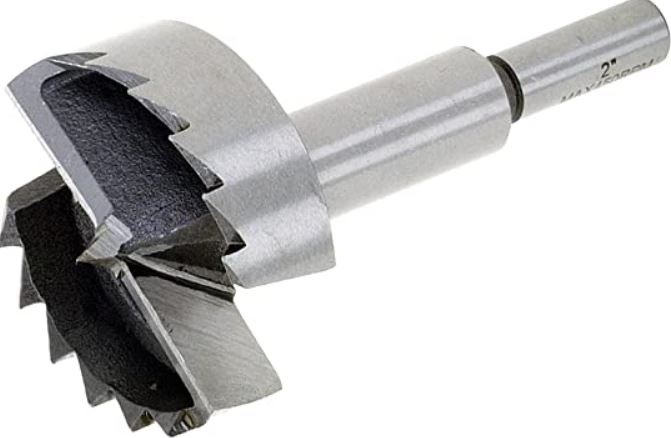
If you want to make clean and smooth holes in wood, then this type of drill bit is right for you. This bit allows precision cut holes. It has a pointed tip that helps to keep the bit exactly where you need it.
There is no flute on it and you have to take it out regularly to clean it of chips and dust. Several applications need a drill press with this type of drill bit.
21. Hole Saw
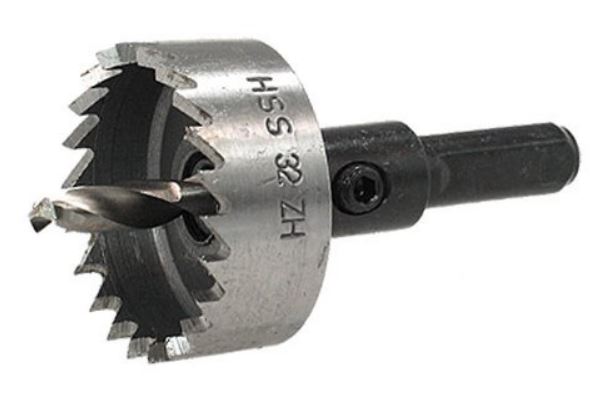
You can use this type of drill bit where it is necessary to install door hardware or create a wiring pass-through. The hole saw creates a useless plug and a side cut-out in the saw cylinder pushes it out.
In addition, you can use an attachment to center the hole and use a pilot bit to stabilize the blade. Small hole saws include a built-in shank rather than a pilot bit. Using a bi-metal hole saw, you can make holes in both wood and metal.
22. Plug Cutter
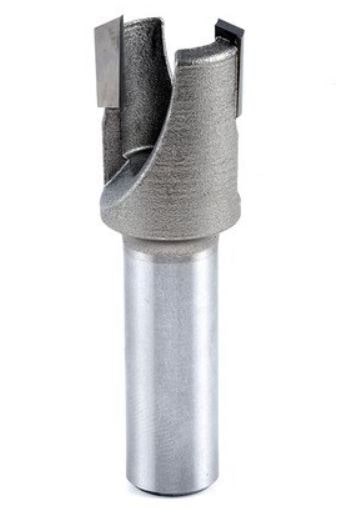
If you want to cut a wooden plug together or make a hole in the wood, then you will need to use this type of drill bit. It helps to have woodworking that reaches professional work.
Applications of Drill Bit
The drill bits are manufactured to drill holes in different materials. This involves various types of wood, metal, plastic, ceramic tile, porcelain, and concrete. Drill bits are also available for steel, aluminum, copper, cast iron, sheet metal, fiberglass, brick, vinyl flooring, and more.
According to their diameter, drill bits are manufactured in many styles to aid in specific tasks. You can make any surface (depending on thickness) using step drill bits. Also, you can produce holes in high tensile metals by using a cobalt-type drill bit.
Closing it up
The drill bits are manufacture in many shapes and sizes. It is best to choose an ideal drill bit that suits your needs. Since they come in a variety of types to make sure you will always have what you need.
That’s it thanks for reading, I hope I have covered everything that you need about drill bits. If you have any questions about “types of drill bits” you can ask in the comments I’ll respond to you. If you like this article then please share it with your friends.
Subscribe to our newsletter to get notification of our new posts.
Download the PDF file of this article:
You might like to read more about workshop tools:
- What are the different Types of Nail Guns? When and How to Use?
- What is Reamer tool? Its Types, working and Applications
- Hack Saw: It’s Parts, Types, Blades, Methods [Explained In Detail] PDF
FAQ
Flat drill
Straight fluted drill
Twist drill
Double fluted drill
Multi-fluted drill
Centre drill
Countersinking drill
Counter boring drill
Oil hole or tube drill
Spirec drill
Shell drill
Step drill
Installer bit
Masonry Drill
The drill bits are made to drill holes in different materials. This involves various types of wood, metal, plastic, ceramic tile, porcelain, and concrete. Drill bits are also available for steel, aluminum, copper, cast iron, sheet metal, fiberglass, brick, vinyl flooring, and more.
As drill bits, tungsten carbide is the hardest available to users. It will hold its edge longer than the above metals. But, it is brittle than cobalt alloy, so tungsten carbide is commonly used on the tip of steel drill bits.
very good note.Thanks
You’re welcome.
That chart suggestion, I second it! Fantastic idea for really important information!!
As a woman with guts and power tools but no working knowledge of basic tools, this is a life saver! I cannot tell you how much this basic info is going to help me out around my house! Thank you soooo much!
You’re most welcome.
Would be awesome if this could be put into a chart-style format that can be printed off. It’s great info 🙂
Thanks for your suggestion. I’ll update the article with a Chart-style format.
Thanks for giving these kind of concept of basic education for the required persons.
Nice to see and go through this.
Keep it up.
I’m glad it was helpful for you. Thanks for your feedback.
I need so much stuff on mechanical engineering
Sure, we have.
Really nice
Very helpful for basic info for learner’s
And the way to explain the things is owsom to understand each and every small topic
I’m glad you liked it. Thanks for reading and keep visiting.